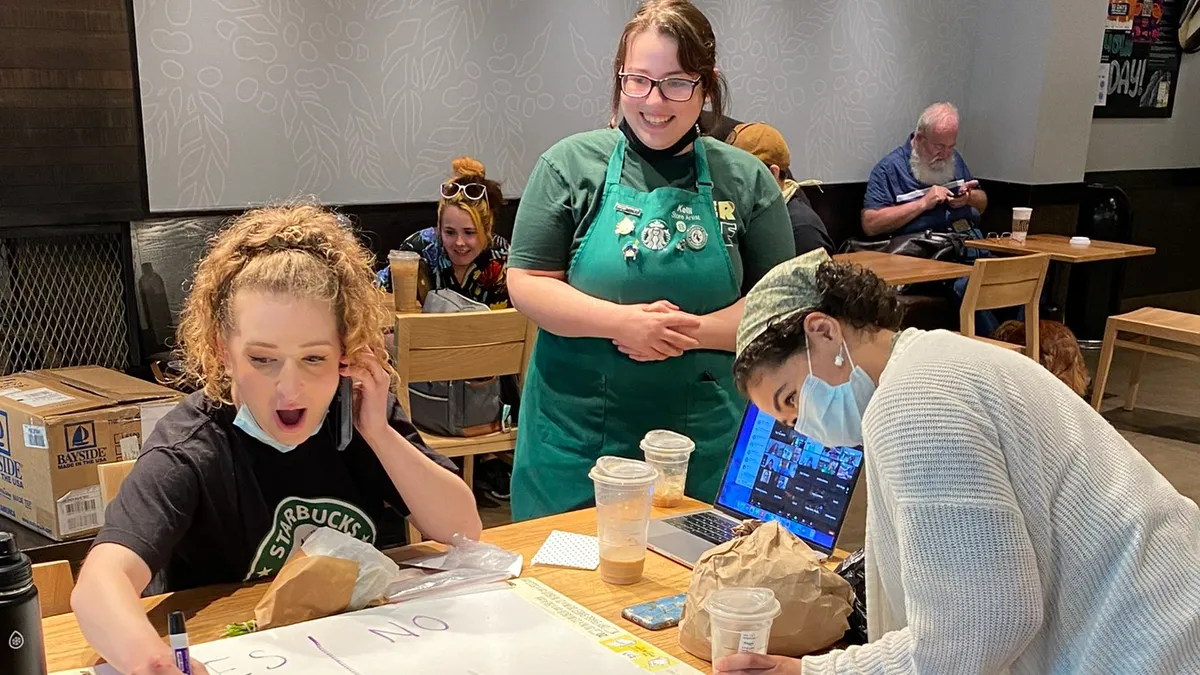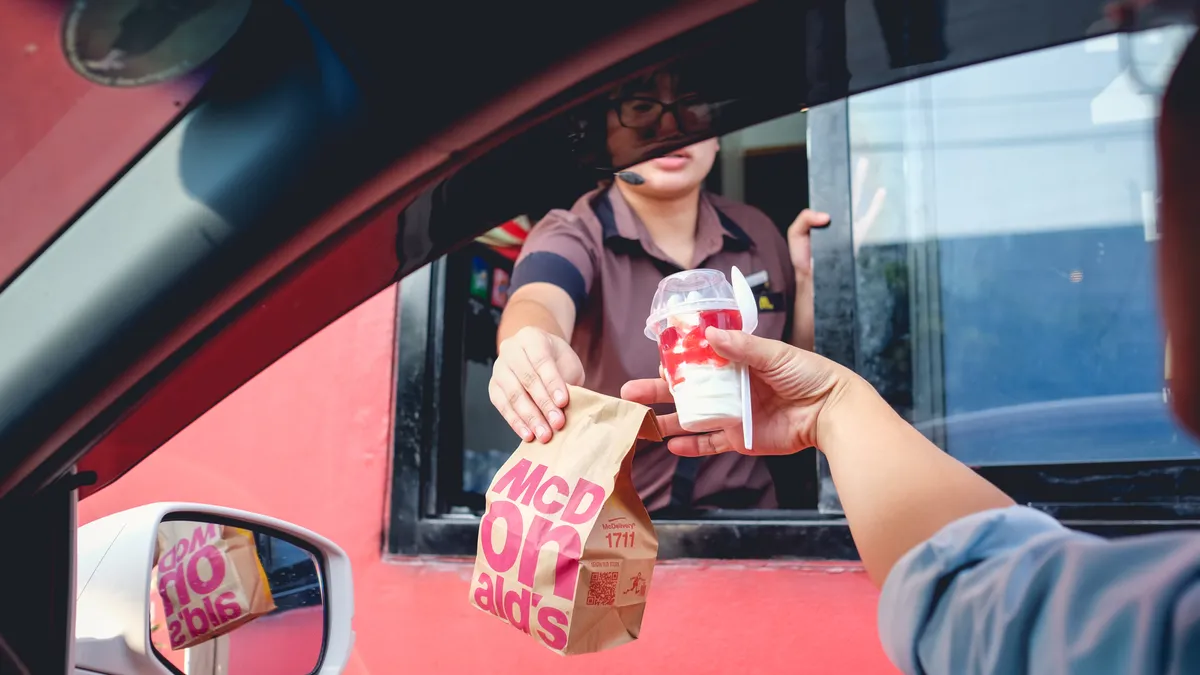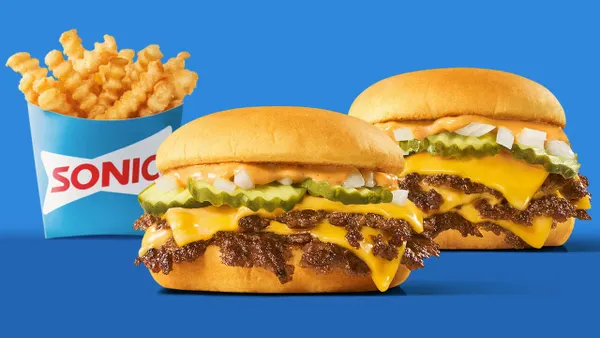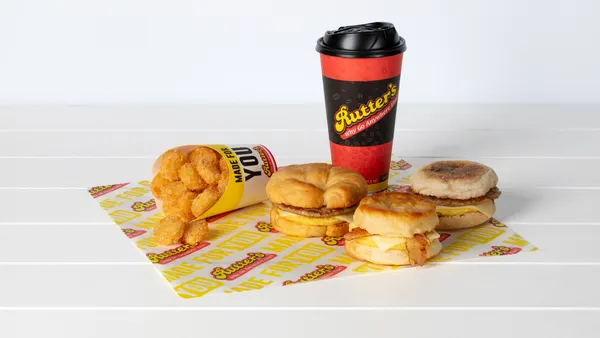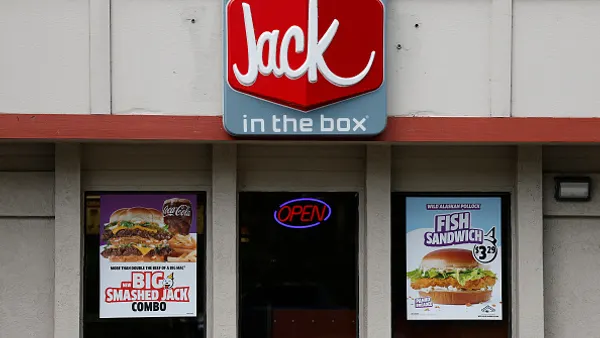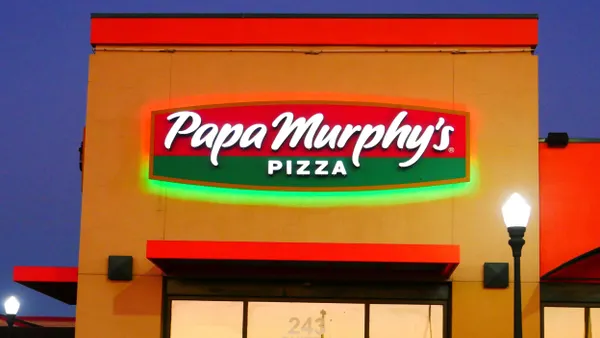CHICAGO – Restaurant customers are increasingly dining on-premise and during the weekend, according to a Technomic presentation at the National Restaurant Association Show on Tuesday.
The trend toward weekend dining stretches across dayparts and sectors. Consumers are visiting restaurants for weekend breakfast, lunch and brunch, particularly at full-service establishments, said Britany Robinson, a senior manager of consumer research at Technomic.
Weekend share grew most dramatically for breakfast, though all dayparts saw similar shifts. Robinson said consumers’ preference for weekend dining is likely motivated by time pressure in other parts of the week.
Percentage increase in the weekend’s share of restaurant traffic
“That’s when people have time to slow down, right? You can take in that experience that full service offers,” Robinson said. “Consumers are essentially saving up those weekday occasions so that they could splurge on the weekend.”
These traffic changes also impact the growing snack daypart, with 54% of limited-service and 64% of full-service snacking occasions taking place between Friday and Sunday. Robinson said these spending trends could pose challenges for operators, and suggested restaurants focus on properly staffing the weekends and snacking dayparts in anticipation of increased demand.
In addition to changing when they’re eating, consumers also are changing where they’re eating, said Robert Byrne, senior director of consumer research for Technomic. Two locations have seen particular growth as dining spaces in recent years: on-premise and in-car.
The in-restaurant diner is seeing something of a renaissance, with 85% of full-service and 35% of limited-service occasions happening on-premise, compared to 81% and 29%, respectively, in 2022. Byrne said this indicated the on-premise recovery, which began when Covid-19 restrictions dropped, isn’t over.
Byrne said the rise in limited-service dine-in occasions is driven by younger consumers — primarily Millennials and Gen Z.
“Diners are hungry for experience. They want to get everything that they can out of restaurants,” Byrne said.
Some of the factors driving that sentiment lie beyond operators’ control. Byrne cited the ambient loneliness of many Americans, noting that 57% of consumers report feeling lonely. Seventy-three percent said technology increased loneliness, according to Harvard research cited by Byrne.
Byrne framed dine-in experiences as a natural antidote to asociality: “Consumers are looking to reestablish those meaningful connections with their social circles, their friends and their colleagues. They’re going to lean on restaurants to provide that ideal setting. It’s great news for everybody in the industry.”
Byrne said recent data shows Gen Z consumers increasingly dine in groups, searching for social occasions. For such on-premise groups, beverage and dessert attachment rates are high.
Because of the recovery of on-premise dining, off-premise checks may no longer be larger than on-premise checks, when controlling for the size of catering orders, Byrne said.
“If you look at median check for off-premise, it’s in decline. And the look and the feel of off-premise is the reason for that,” Byrne said.
The growth of solo dashboard dining is one reason for the decline of off-premise check. First, Byrne said, the nature of off-premise occasions is changing — consumers are opting for solo off-premise experiences to satisfy particular cravings rather than full meals.
The percentage of consumers eating limited-service food orders in the car increased 8% for breakfast, 5% for lunch and 4% for snacks from 2022 to 2023 and 2024 to 2025, according to slides Byrne shared.
One driver of this behavior is the sense of control consumers feel in the car, Byrne said. “They can control the temperature. They can control the radio. Nobody talks to them if they don’t want to be talked to.”
Dashboard dining is driven in part by social media trends, with content creation in cars helping to normalize the solitary dashboard diner, Byrne said.





